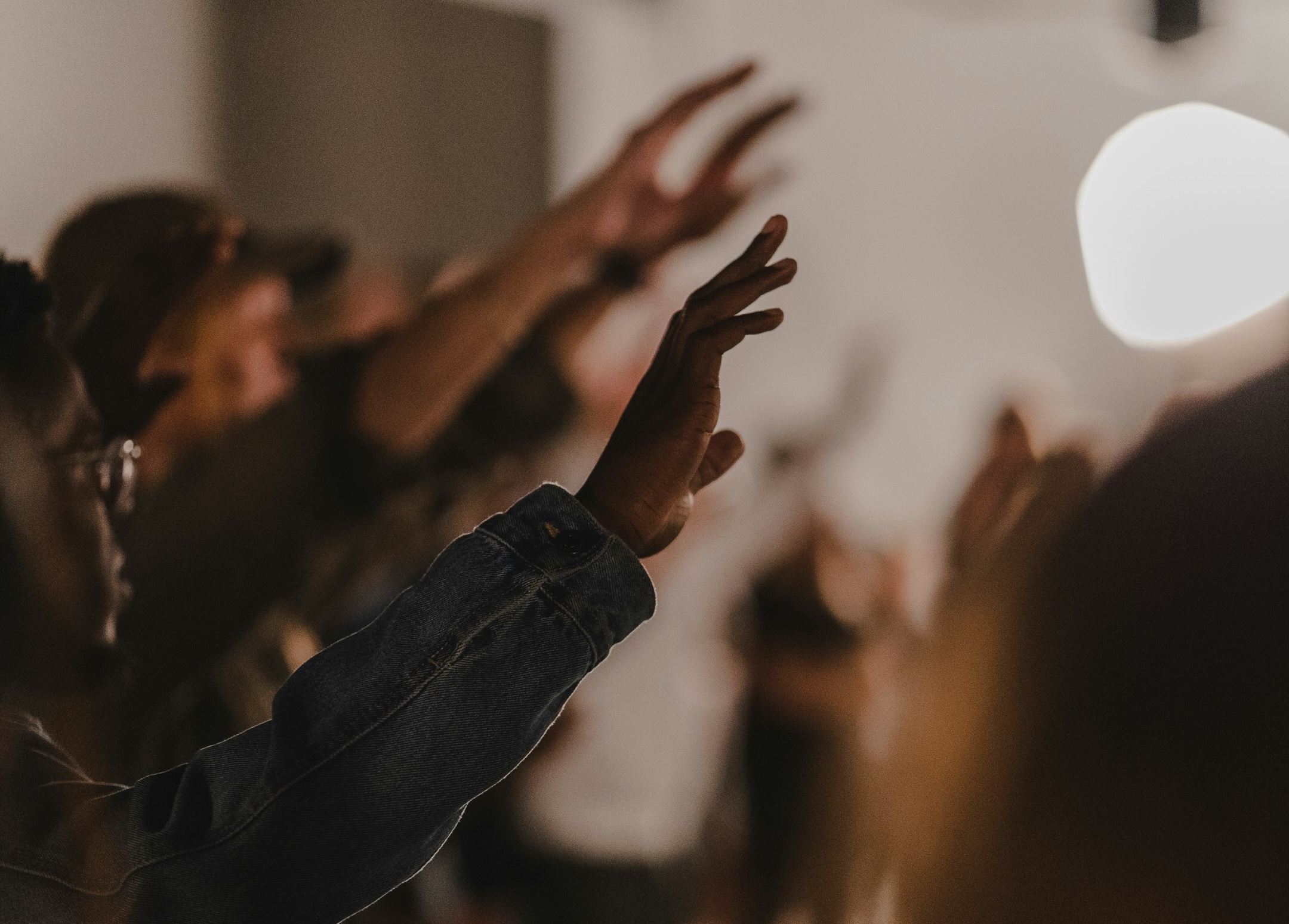“Wake up and get dressed, don’t make me come in here again!” That was usually the Sunday alarm or, should I say, my mother on Sunday mornings. Just imagine for a moment the immediate disorientation of going from REM sleep to bright lights, cold air, and a drill sergeant-esque command. For the most part, those mornings would all be the same; we would rush to beat the clock every time. The last thing we wanted was for my grandmother, sitting high in the choir stand to see us walking in late (and by late, I mean by the time the sermon would begin). It’s a yesteryear memory that feels more like yesterday. The smell of the morning dew, the clicking of my mother’s heels as well as her last-minute facial wiping before we walked through the doors and waited in the Narthex of Greater Mt. Zion A.M.E. Church.
My favorite part was always when the ushers would open the door to escort us to available seats—there were appropriate times to be seated in the pews. At that time, there was only one stained glass window, and as the sun would rise it would almost feel like heaven was adding another layer to my awe and wonder of church. As a child, I still had my juice and cookies in the pew next to my mother, but the older I got, the more I understood how sacred the space was. There truly is a difference between the sacred and the common.
I am who I am today largely because of the faith foundation that started many years ago at this small but mighty A.M.E. Church. This church was the epicenter of our community and in many ways, it kept us all tethered together. It was where we could see and hear leaders who looked like us and felt what we felt. It was where we could lament and still say how great our God is even as we faced adversity. For some reason, I just figured that everyone went to church all the time like we did. Sundays were long but full of moments to check in on one another. I would always remember that from week to week when some of the more seasoned saints would make it known that you were growing and getting taller or remember when your parent was also a child. Everyone was invested in each other’s well-being, whether physical or spiritual. But this was always the way of the A.M.E Church. It was not just an experience that I had in the early nineties; this was something that predated the Civil Rights Movement, World Wars, and even the Civil War.
The foundation of the A.M.E. Church goes back to a man named Richard Allen. Born in 1760 as a slave, the opportunity to be anything other would reasonably be impossible. As a young child, Richard was separated from his mother as she was sold to another plantation along with a couple of his other siblings. It was permitted and encouraged by the plantation owner for the slaves to go to meetings held by the local Methodist Society which welcomed free and enslaved black people. Richard, who was self-taught in reading and writing, joined the Methodist Society and began evangelizing by the time he was seventeen. There was true revival in his heart, and he had to tell everyone about it.
Imagine being enslaved and yet spreading the Gospel in love and in truth while not knowing what your freedom would ever look like.
For many—freedom was death. Richard was not going to wait for death to be free. He had revival in his heart and worked to buy his freedom for himself and his brother. Now a freedman, Allen could seek more opportunities to preach the gospel, and that is exactly what he did.
By the age of twenty-seven, Allen was officially preaching at St. George’s Methodist Episcopal Church. Now, while this was a white church, Allen was permitted to preach early in the morning to the black congregants. News traveled, and the services started to grow, and so did the restrictions that were placed on Allen by the church. The leaders of St. George’s became strict on segregation and essentially moved to banish the black congregants from worshiping equally with white congregants. That in no way stopped Allen, who would forge a close friendship with Absalom Jones. The two would later form the Free African Society which would provide aid to enslaved people seeking freedom.
The congregation was growing, and other churches were being formed. Allen would preach to all people that in Christ, we are all one—not enemies but brothers and sisters, and forgiveness and acceptance are on the table for everyone.
There is neither Jew nor Greek, there is neither slave nor free, there is neither male nor female; for you are all one in Christ Jesus.
Galatians 3:28 (NKJV)
The churches that formed were dealing with racism head-on, so Allen called a meeting to propose the formation of a new denomination. This would give them more autonomy to continue to help people and include everyone in presenting the gospel. In 1816, the A.M.E. Church was officially born. Allen was elected as the first Bishop of the A.M.E. Church. Most of the churches would all reside in the North but would continue to go to the South and would become critical locations for the Underground Railroad.
Ministry is hard. Life is hard. God is good. It might be interesting to read those statements back to back.
Growing up in the A.M.E. Church gave me a foundation to stand on—knowing, more than anything, that God is good. He isn’t just good to certain people or in certain situations, but He is good all the time. It’s why, without skipping a beat, you can go into the church and say, “God is good,” and the congregation can give an immediate reply of “all the time.” For 10 years now, I have been in vocational ministry, and the very thing that has kept me focused has been the same substance that for centuries has been passed down from one generation to the next watching, not just listening to Richard Allen. As a follower of Jesus, I am grateful.
The legacy of Richard Allen continues as the A.M.E. Church has locations in thirty-nine countries spanning over five continents.


